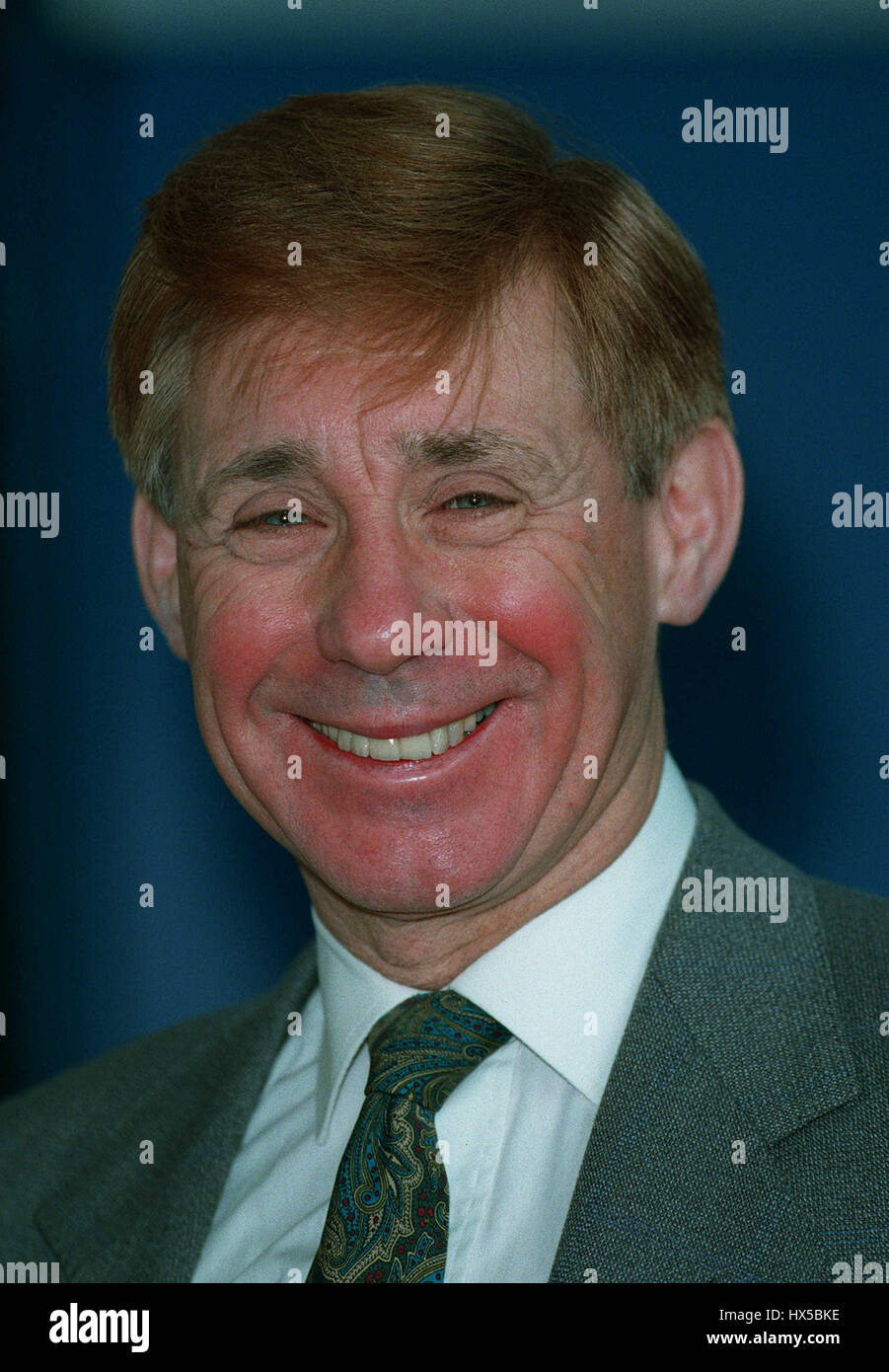How did a small-town airport in Mena, Arkansas, become the epicenter of one of the most infamous smuggling operations in American history? The answer lies in the life and activities of Barry Seal, a man whose exploits have been immortalized in both historical records and Hollywood cinema. A bold statement must be made: Barry Seal's involvement with the Mena Intermountain Municipal Airport was not merely incidental but pivotal to understanding the complexities of drug trafficking and intelligence operations during the late 20th century.
An extensive joint investigation conducted by the FBI, Arkansas State Police, and IRS uncovered evidence that Barry Seal utilized the Mena airport as a hub for his smuggling operations. Born Adler Berriman Barry Seal on July 16, 1939, in Baton Rouge, Louisiana, this individual carved out a niche for himself in the world of illegal trade. His father, a candy wholesaler and reputed Ku Klux Klan member, instilled in him an early fascination with clandestine activities. Over time, Seal developed into a skilled pilot, leveraging his aviation expertise to transport contraband across international borders. This unique blend of technical proficiency and criminal audacity set the stage for his notorious career.
| Bio Data | |
|---|---|
| Full Name: | Adler Berriman Barry Seal |
| Date of Birth: | July 16, 1939 |
| Place of Birth: | Baton Rouge, Louisiana |
| Date of Death: | February 19, 1986 |
| Cause of Death: | Assassination |
| Profession: | Pilot, Smuggler |
| Notable Involvement: | Mena Airport Operations, CIA Ties |
| Reference: | Wikipedia Entry |
The Mena Intermunicipal Airport, located near the Ouachita Mountains, provided an ideal location for covert operations due to its remote setting and lengthy runway capable of accommodating large aircraft. Seal exploited these geographical advantages to facilitate the movement of illicit goods from South America to the United States. His activities attracted significant attention from law enforcement agencies, culminating in multiple investigations that sought to unravel the intricate web of connections linking him to various criminal enterprises.
In addition to his role as a smuggler, Barry Seal also maintained ties with the Central Intelligence Agency (CIA). These associations are prominently featured in the 2017 film American Made, where Tom Cruise portrays a fictionalized version of Seal working alongside a CIA agent named Monty Schafer. While elements of the movie are dramatized for cinematic effect, it captures the essence of Seal's dual existence as both a government operative and a criminal mastermind. Such duality complicates efforts to categorize his actions strictly within legal or illegal frameworks.
Seal's eventual demise occurred under mysterious circumstances when he was assassinated outside a hotel in Baton Rouge. Speculation persists regarding whether his death resulted from retaliation by drug cartels or other forces seeking to silence him. Regardless of motive, his untimely end underscores the perilous nature of operating at the intersection of espionage and organized crime.
Primary sources document Seal's obsession with flying cargo planes laden with drugs into Mena, transforming what appeared to be an ordinary municipal airport into a focal point for international scrutiny. Researchers attempting to reconstruct his flight paths face challenges due to limited availability of detailed information about specific routes used during smuggling missions. Nevertheless, enthusiasts continue pursuing this knowledge through simulations and reenactments using modern aviation software like X-Plane.
Archival collections such as those housed at the University of Arkansas provide valuable insights into Barry Seal's legacy. Materials gathered by authors like Dennis Hahn contribute to scholarly discourse surrounding topics including the interplay between intelligence agencies and narcotics traffickers. Unpublished manuscripts detailing these interactions remain accessible to researchers interested in delving deeper into this fascinating yet controversial subject matter.
Music plays an integral part in shaping public perception of historical figures like Barry Seal. Soundtracks accompanying films based on their lives often serve to evoke emotional responses while reinforcing thematic elements central to narrative storytelling. For instance, playlists curated around the soundtrack of Barry Seal: American Traffic offer listeners opportunities to experience auditory representations reflective of themes explored throughout the storyline.
Ultimately, Barry Seal's story transcends mere biography; it represents a microcosm of broader societal issues involving corruption, power dynamics, and moral ambiguity. By examining his life and deeds closely, we gain perspective on how individuals navigate complex environments defined by competing interests and conflicting allegiances. As new discoveries emerge concerning his past, our understanding continues evolving, ensuring that his tale remains relevant long after its initial unfolding.



